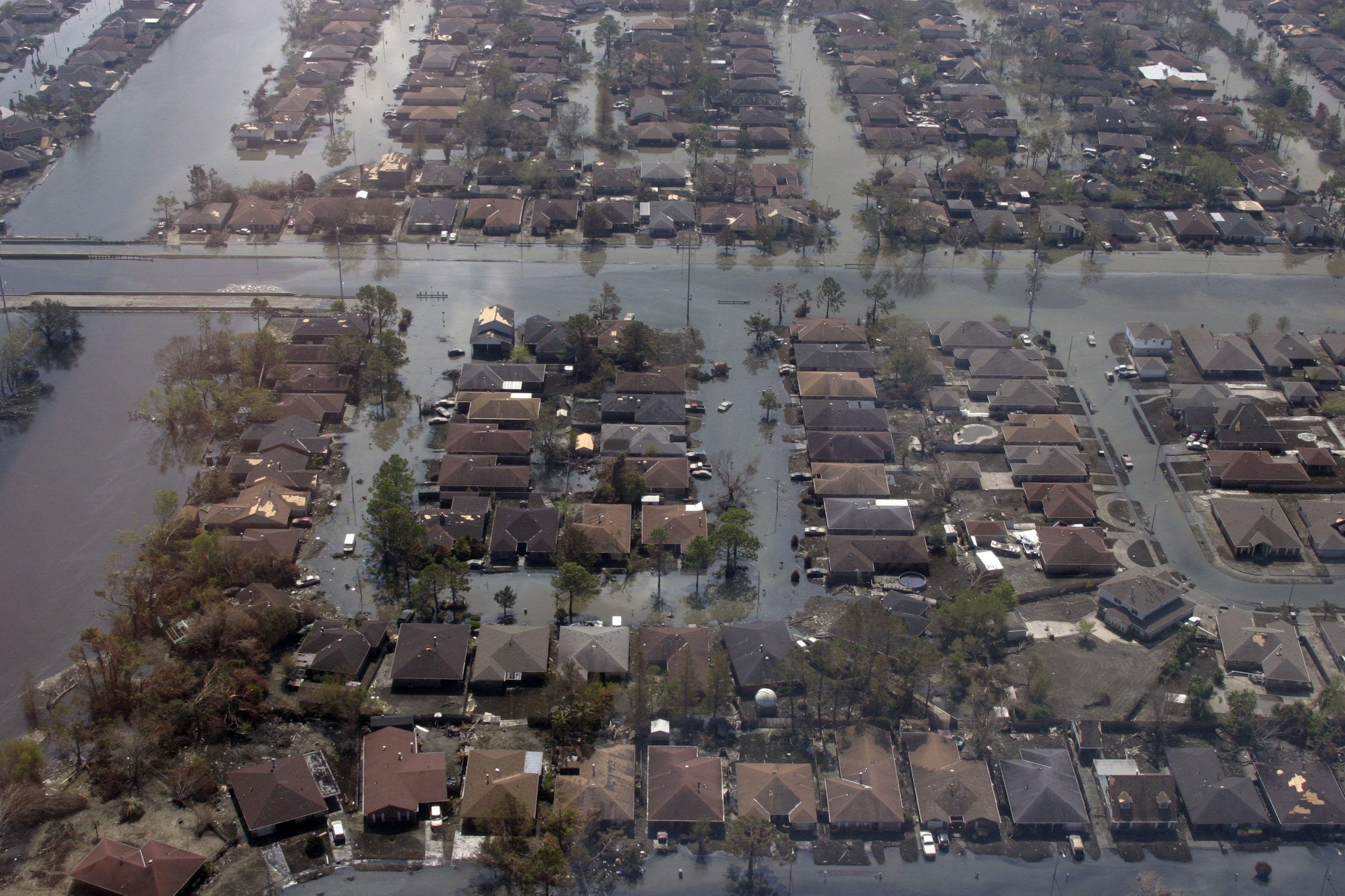Even in 2012, issues regarding Hurricane Katrina, which occurred in 2005, are still prevalent. Insurance companies are particularly affected by Katrina, and they are still attempting to sort out many claims. Some of the contract claims that are still moving through the courts are somewhat unique. For example, contracts occasionally have provisions where both parties can appoint an appraiser if the two parties cannot decide how much damage actually occurred. The insurance policies will only insure up to a certain amount, of course, but determining the amount of damage is a vital part of reimbursement of the claim.
An apartment building in Metairie, Louisiana carried insurance that had such an appraisal policy. The contract explained that both parties were to appoint their own appraiser, who is supposed to be fair and impartial. Then, a third individual, the umpire, would be appointed. The umpire takes both of the appraisers’ estimates, examines them, and then comes up with a third number that will be the final number for total damage. The two parties are supposed to appoint the umpire as well, but if the two parties cannot decide on an umpire, then the court can appoint one for them.
In this case, the court did appoint an umpire. However, the court not only appointed an umpire, but also imposed certain rules and restrictions to the appraisal process. In particular, the court restricted the documents that the umpire could receive and required that if the umpire needed to communicate with either party then the opposing party would also be included in the conversation. The communication issues required the umpire to copy both parties on e-mails, letters, and make conference calls. Communication with just one party was strictly not allowed. In addition, neither party was to give the umpire documentation of a legal nature that would attempt to convince the umpire that the award should be a certain amount. Instead, the documentation was limited to receipts, inspections, and other impartial information.
The apartment’s appraiser valued the damage at approximately $200,000, but the insurance company’s appraiser valued the damage at zero. The apartment owner argued that the insurance company’s appraiser was not being impartial because they did not award any damages. However, the insurance company noticed that the apartment owners had already fixed most of the damage using funds from other insurance companies, so the insurance company’s appraiser determined that the apartment owners were not entitled to any more damage payments.
The umpire agreed with the insurance company’s appraiser and recommended that the damage award be zero. Naturally, the apartment owner was upset by this result, so he appealed the decision to the Fifth Circuit Court of Appeals for the State of Louisiana. The apartment owner argued that the court interfered too much with the process–the apartment owner should have been able to give the umpire whatever documentation they wanted and communicated however they wanted.
The Court disagreed. It began its analysis by underscoring that although the two parties had an appraisal clause in their contract, the clause does not take away the court’s right to hear a case. In addition, insurance policies are contracts, and should be interpreted under the regular principles of contracts. Therefore, the court will interpret the contract using its regular meaning unless some of the phrases have gained technical definitions in that particular line of business.
The Court explained that the two parties deliberately involved the court when they stated in the contract that the court was to assign an umpire if the two parties could not agree to one. The appraisal portion of the contract did not set specific guidelines in the process, so the court stepped in to create them. The lower court explained that they were afraid the umpire was getting far too much irrelevant information, so they intervened. The Court deemed this a completely acceptable practice under the circumstances. The Court also decided that the insurance company’s appraiser was sufficiently impartial. Lastly, the Court concluded that since the lower court acted appropriately, the award of zero damages should still stand.
This case illustrates a unique clause that could potentially be helpful for the insured, but since the clause was not detailed enough to limit the court’s actions, it turned out to be detrimental.
Continue reading
 Hurricanes do not discriminate. Regardless of age, wealth, gender, health, or race, hurricanes are merciless to all they come in contact with. Such was the case for Ms. Taylor, who experienced the wrath of Hurricane Katrina in 2005.
Hurricanes do not discriminate. Regardless of age, wealth, gender, health, or race, hurricanes are merciless to all they come in contact with. Such was the case for Ms. Taylor, who experienced the wrath of Hurricane Katrina in 2005.  Insurance Dispute Lawyer Blog
Insurance Dispute Lawyer Blog

